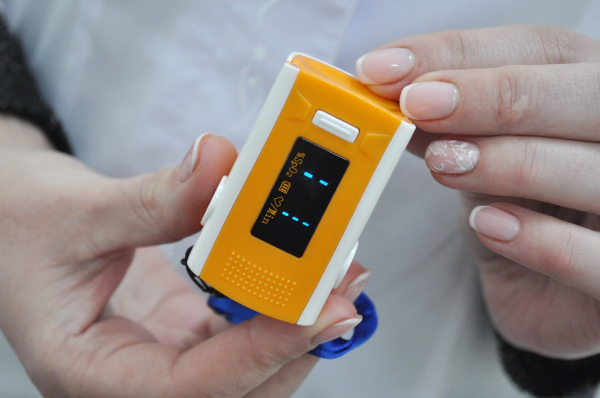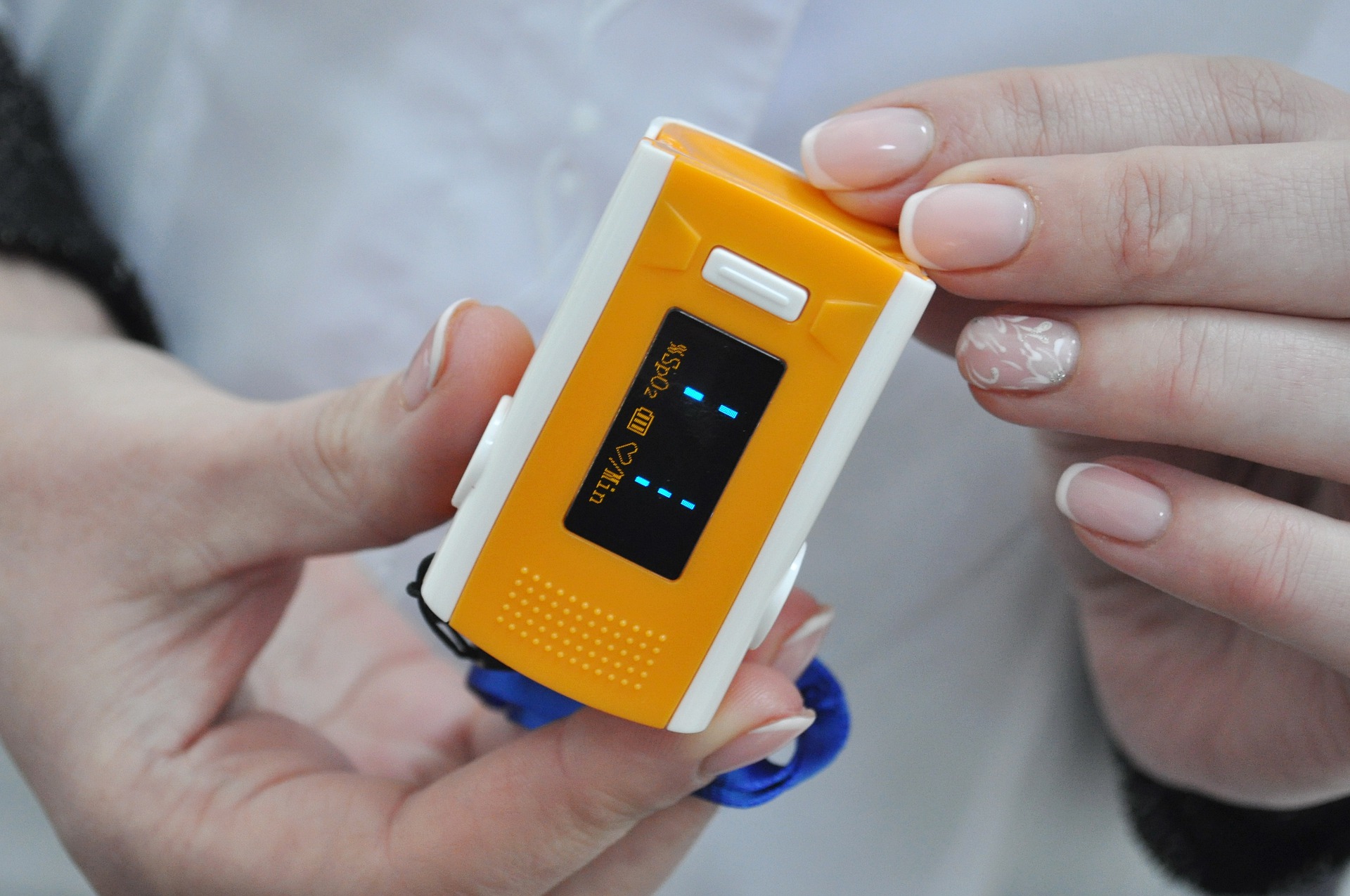
The FDA approval process can be very daunting, especially for new medical device manufacturers trying to take their products to market. What classification does your medical device fall under? What pathway for market approval should you use in your documentation? Before even sending out an application, these factors need to be worked out in order to avoid unnecessary costs and untimely delays.
We've broken down the most common process that most medical devices go through for approval as well as what you will need to do if your product does not fall into that category.
What is the most common classification for medical devices?
Around 43% of medical devices submitted to the FDA fall under Class 2, otherwise known as the moderate risk category. Some examples of Class 2 devices include contact lenses, surgical gloves, and sutures. If your device is categorized as Class 2, you will most likely be required to file a 510(k) application, in which you will show the safety and efficacy of your device by comparing it to another FDA-approved medical device. A 510(k) application takes approximately 6 months before it is approved, with the shortest clearance time clocking in at around 3 months.
Here are the steps for a 510(k) FDA application from Clever Compliance:
- Create a comparison chart and identify a predicate device for comparison.
- Determine the correct risk class for your device and whether it qualifies for the FDA 510(k) pathway.
- Determine your medical device's 7-digit regulation number and three-letter product code.
- Determine all requirements and standards that apply.
- Gather all applicable FDA guidance documents from the FDA website.
- Determine whether clinical or medical data is required and if so, conduct clinical or medical device testing studies.
- Determine whether performance testing is required and if so, carry out the tests.
- Put together a 510(k) documentation application.
- Pay the 510(k) application review fee and submit your 510(k) documents to the FDA.
- Obtain confirmation from the FDA that your 510(k) submission has been accepted for substantive review.
- Receive an FDA clearance letter verifying that your medical equipment can be legally marketed in the United States. You will not be given a certificate of compliance.
Some Class 2 devices require a PMA application which will be explained thoroughly under the Class 3 Medical Devices.
What are Class 1 Medical Devices?
If your device doesn't fall under Class 2, it’s possible that it is considered a Class 1 device, otherwise known as low-risk and non-invasive. Examples of Class 1 devices would bandages, tooth depressors, and electric toothbrushes. In this case, you would most likely have to submit a self-registration application, which is a three-step process and by the far the fastest path to market. Complete device registration can even be accomplished in one week, excluding the days of processing that come after submitting payment.
Here are the steps for FDA self-registration from Qualio:
1. Pay the registration fee.
2. Electronically submit listing and registration info.
3. Receive an email of acceptance.
Some Class 1 medical devices would require a 510(k) application, but the percentage is very small. If you find your Class 1 device needs this type of application, follow the steps mentioned for Class 2 devices.
What are Class 3 Medical Devices?
On the opposite side of the spectrum are Class 3 devices, which present the highest risks to patient health and safety and can often be considered the most innovative and invasive. These devices are not likely to have suitable comparisons available anywhere on the market. Some examples of Class 3 devices include implanted prosthetics, cochlear implants, and pacemakers.
Most Class 3 medical devices go through the most rigorous FDA approval process, otherwise known as the PMA application. Presenting scientific and reliable evidence that demonstrates the safety and efficacy of your device is paramount, which means you’ll probably spend a lot of time on clinical trials and testing. That being said, the approval process is not that much longer than that of the 510(k), with lead times amounting to over 8 months.
Here are the steps for FDA PMA approval from Cleve Compliance:
1. Contact the FDA for "Pre-Submission (Pre-Sub)" input.
2. If a clinical assessment is required, an Investigational Device Exemption must be obtained
(IDE). You must create a clinical trial agreement and carry out clinical trials.
3. Pay the applicable PMA application fee and submit your application to the FDA.
4. The FDA will have to conduct a facility investigation at every key supplier involved in the
design and production of your device. All parties must comply with the FDA Quality System
Regulation (QSR).
5. Receive a letter from the FDA verifying that your medical device can be legally marketed in
the United States.
Some Class 3 medical devices require a 510(k) application that follows the procedures outlined for Class 2 devices above.
Conduct Your Clinical Device Trials with CCamⓇ focus
CCam focus is an HD 360° recording and streaming solution that enables in-person research with remote moderation and observation. CCam provides a multi-perspective view perfect for clinical or medical device testing. Additional cameras can be set up at your request.



